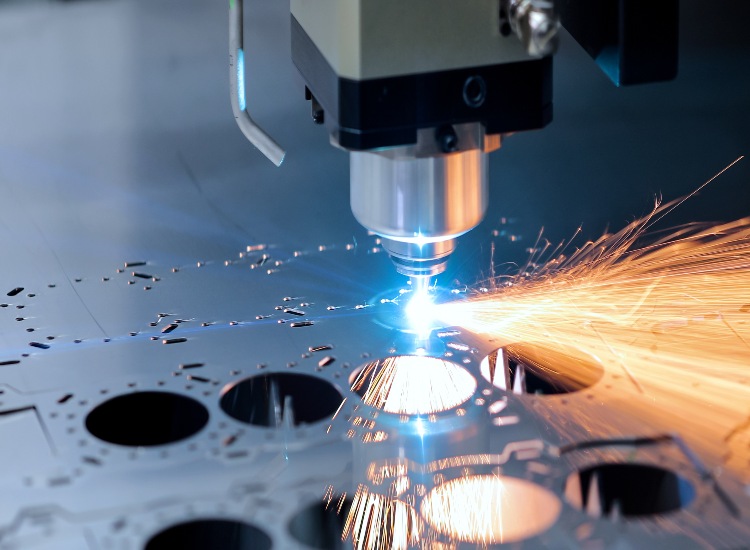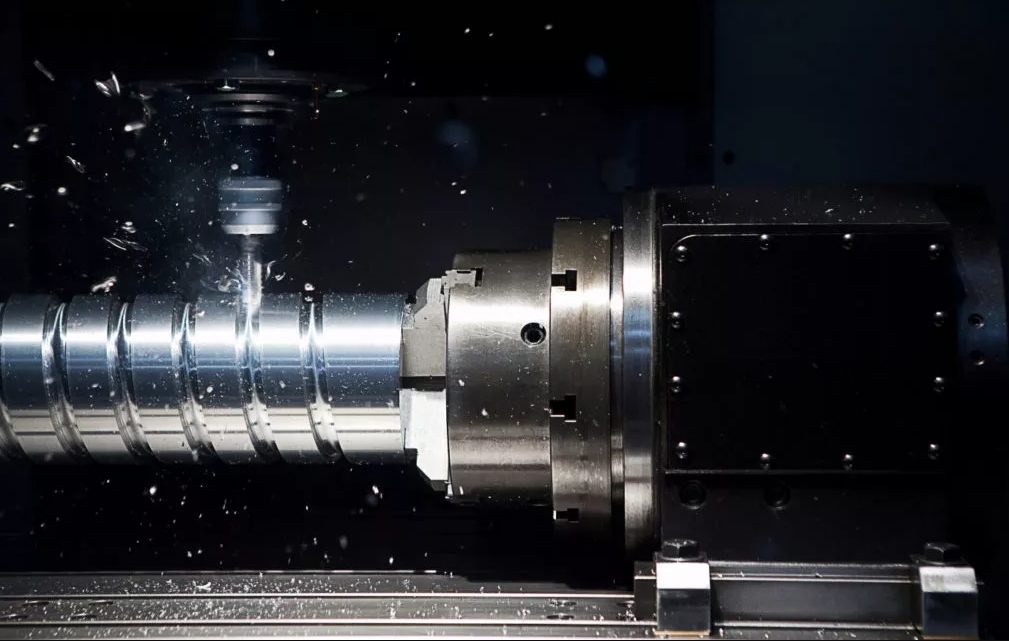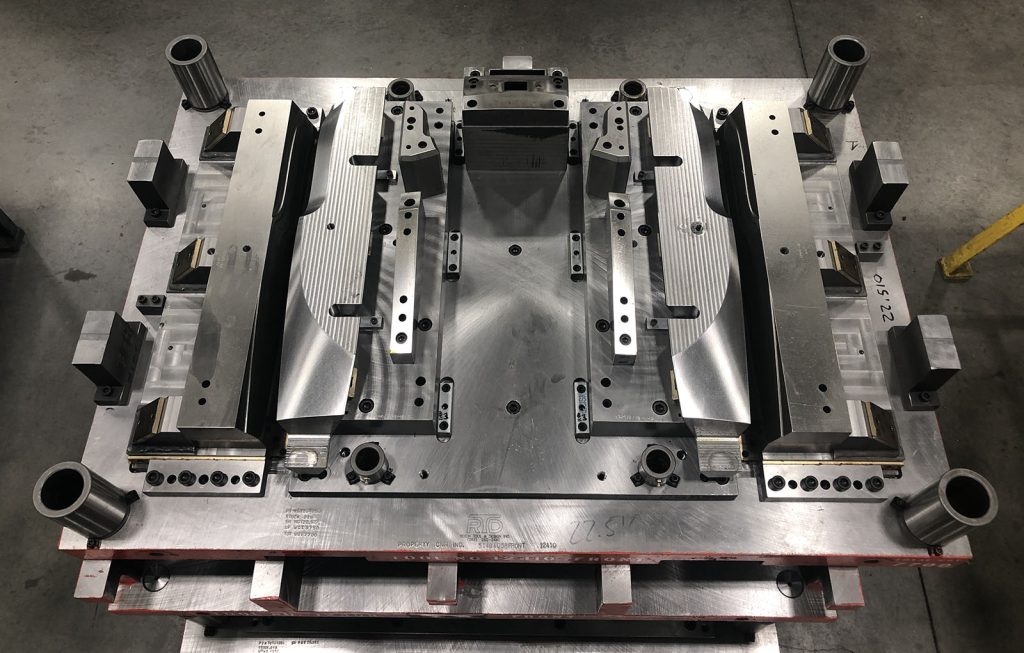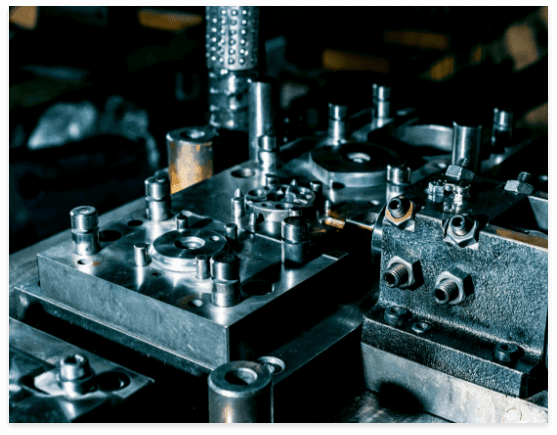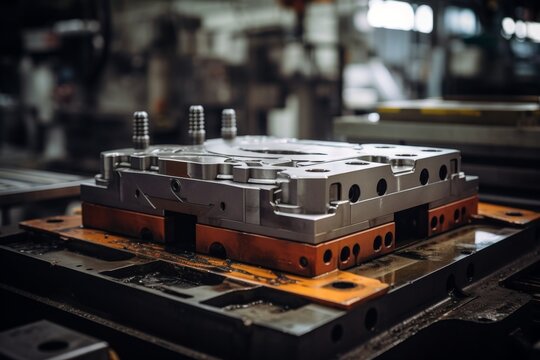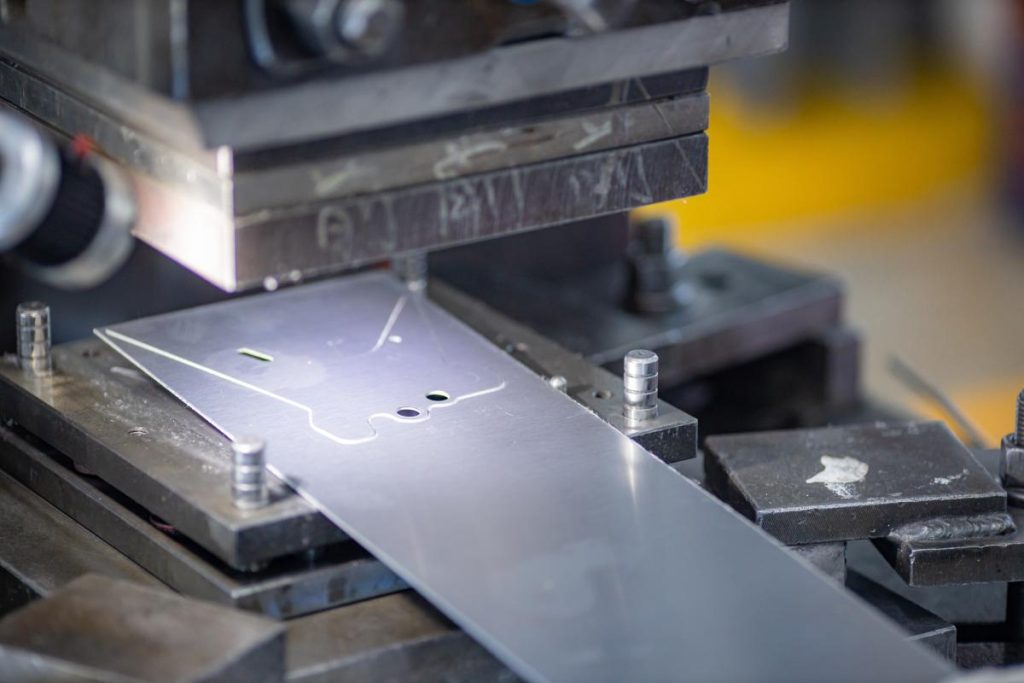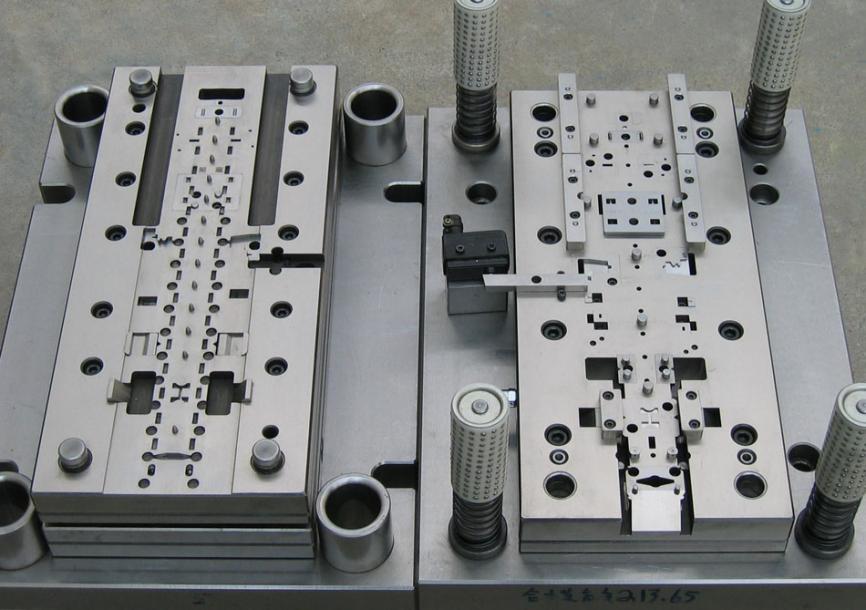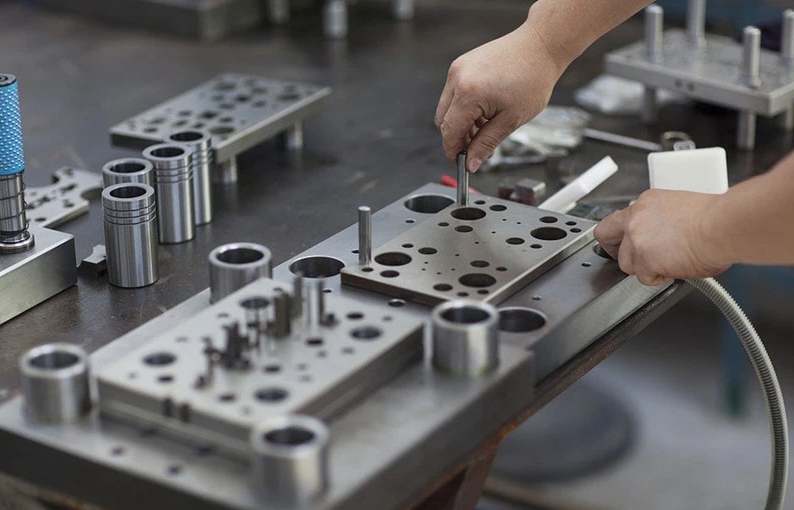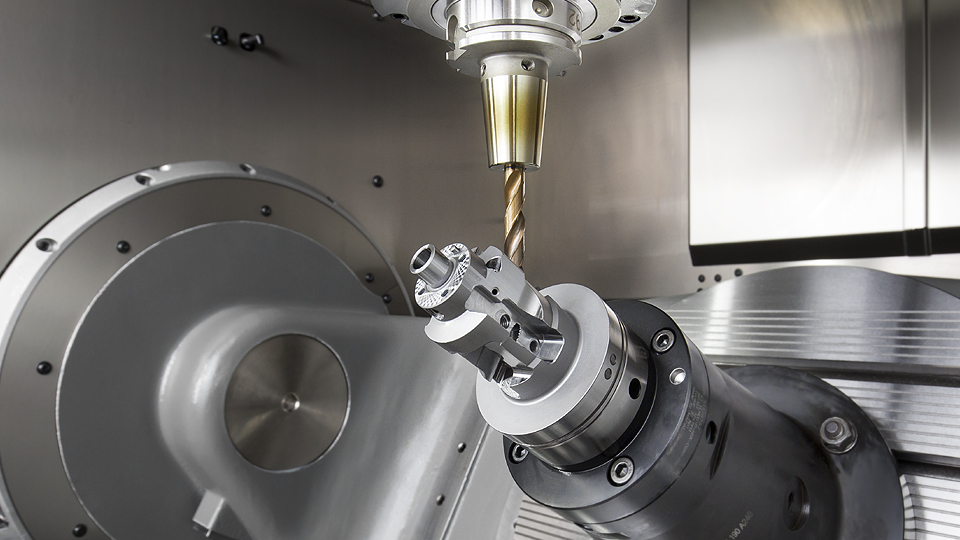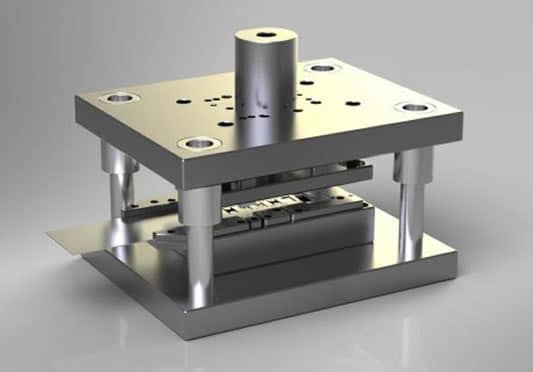How Precision Machining Improves Accuracy in Stamping Die Components?
Precision Machining is the foundation of accurate and reliable stamping die components. In the world of metal forming, even a minor error in die components can result in significant inconsistencies in the final parts. Manufacturers rely on precise tolerances to ensure that each stamping operation produces consistent, defect-free components. With advanced CNC systems, EDM technology, and high-quality die materials, precision machining enables engineers to control every dimension and surface finish with accuracy. Material Selection and Tool Performance Choosing the right materials is crucial for optimal die performance. High-strength tool steels, such as D2, A2, or M2, are commonly used in stamping die components due to their exceptional wear resistance and toughness. However, without precise machining, even the best materials fail to perform. Precision machining brings out the best in these materials by achieving the required hardness and geometry, thereby optimizing their performance and enhancing their overall effectiveness. Additionally, the right material must be paired with precise heat treatment and surface finishing. Proper machining allows uniform heat distribution and dimensional stability during the hardening process. Combined with surface treatments such as nitriding or PVD coating, the final components exhibit enhanced durability and lower friction, improving the die life and performance. Tolerance Control for High-Precision Applications In industries like automotive, electronics, and aerospace, tight tolerances are non-negotiable. Precision machining ensures that die components meet micron-level tolerances, which is critical when forming parts with complex geometries or thin-wall sections. Any deviation can cause misalignment, material tearing, or dimensional inaccuracies. Precision machining achieves this level of control through high-speed CNC milling, turning, and grinding. Advanced measurement systems, such as CMMs (Coordinate Measuring Machines), verify that each component stays within tolerance. This not only guarantees part quality but also maintains compatibility with other dies or machinery in the production line. Enhancing Component Fit and Assembly A perfect fit between components is essential for die longevity and stamping quality. Precision machining ensures that mating parts such as punches, die inserts, and retainers align seamlessly. This reduces wear, prevents jamming, and supports consistent material flow during operation. Additionally, accurate alignment facilitates ease of maintenance. Technicians can replace worn components without recalibrating the entire system, minimizing downtime. The exacting nature of precision machining also simplifies assembly, leading to faster die setups and improved cycle times in production. Reducing Variability and Ensuring Consistency Variability in die components leads to inconsistent product dimensions, scrap, and costly recalls. Precision machining minimizes this risk by delivering consistent component quality from batch to batch. With computerized controls and automated inspection, it becomes possible to monitor tool wear and adjust parameters in real-time. Furthermore, consistent component dimensions support the principles of lean manufacturing. They help reduce inventory of backup parts, simplify quality control processes, and allow for more predictable production planning. Ultimately, precision machining turns die components into reliable building blocks for high-performance stamping systems. Speeding Up Development and Prototyping Time-to-market is crucial in competitive industries. Precision machining accelerates the prototyping and development phase of stamping dies by producing highly accurate components quickly. Design changes can be implemented and tested with minimal lead time, allowing for rapid iteration. Using CAD/CAM integration, engineers can seamlessly transition from digital models to finished parts. This reduces human error and ensures that prototypes closely match final production specifications. The speed and accuracy of precision machining shorten development cycles and enable faster delivery to clients. Cost-Efficiency Through Long-Term Durability While Precision Manufacturing may require a higher initial investment, it pays off through long-term savings. Precisely machined die components last longer, maintain form integrity, and reduce downtime caused by failures or misalignments. Their predictable performance lowers maintenance costs and minimizes production disruptions. Additionally, fewer defects and less rework contribute to overall efficiency. By investing in quality from the start, manufacturers avoid hidden costs down the line. Precision machining transforms tooling into a cost-effective asset that supports sustained production excellence. The Role of Precision Machining in Stamping Dies Precision machining plays a key role in improving the accuracy and efficiency of stamping die components. From tight tolerances and material optimization to faster prototyping and long-term cost savings, the benefits are clear. Precision machining delivers more than just parts – it ensures consistency, reliability, and superior performance at every stage of the manufacturing process.
